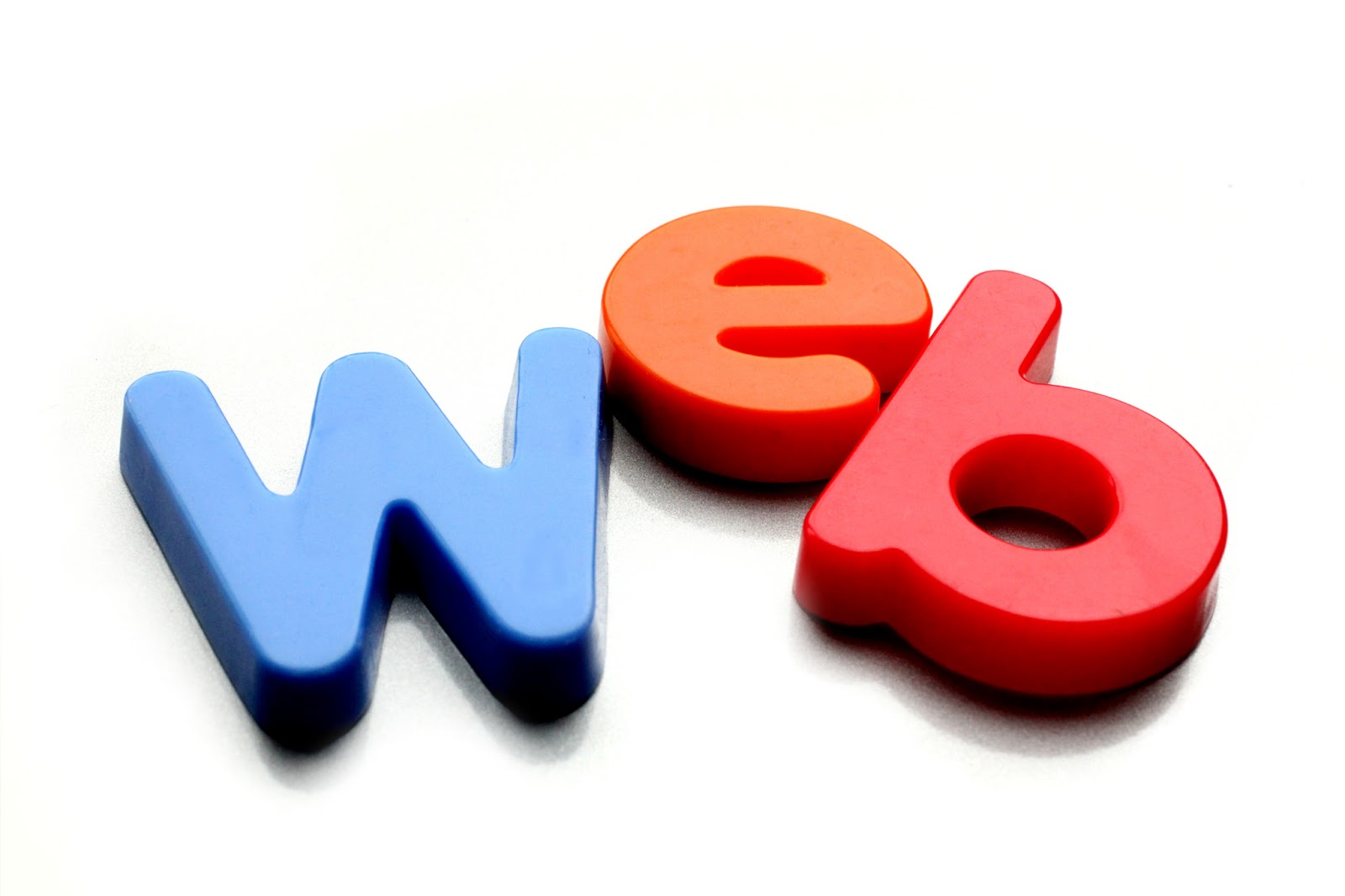
Finally someone took the job in establishing a group in the Philippines to be “web standard” compliant. With the sudden influx of Filipino sites (thanks to blogging), many Filipinos are venturing into website creation. However, most learned from the not-so-good resources, usually from other people who also are not knowledgeable enough about the importance of being compliant to current web standards.
What exactly is a “web standard”? Simple, following the recommended specifications of the World Wide Web Consortium. The common ones are HTML 4.01, XHTML 1.0, XHTML 1.1, DOM, CSS Level 2 (CSS2). Example, it is no longer allowed to do this:
| |
What is the difference? For now, you will not see any major difference using deprecated elements and attributes, as browsers are still backwards compatible. But, the day will come when all deprecated elements and attributes will be removed. When that day arrives, your website will not show as you originally intended it to be.
Additionally, since these elements and attributes were deprecated, expect no further developments for those. You may for example see that using marquee only works for IE-based browsers only. Some say that creativity will be limited, to tell you the truth, the marquee effect can be achieved via CSS 2, and to tease you further, it is continually evolving and is better in CSS 3 (which is still under development).
In other words, by following or being compliant with the W3C web standards, you are simply:
- Guaranteeing to your loyal visitors that your site will appear as you intended it to be 10 years from now
- Securing your site to be viewable in all browsers, including without limitation, our disabled friends (e.g. visually-impaired)
- Giving yourself more room to do neat tricks than you would if you are non-compliant - in other words, more possibilities and creativity
- You are learning how to be a webmaster in its truest sense
- You are helping the internet further develop
So if you are interested, read this blog post from Shari Cruz entitled: Towards a Standards Compliant Web.
Oh, don’t get frustrated with the validation tools, when you are using applications like a CMS or blog software, or into downloading themes/skins/templtes, always remember that it will faill the HTML/XHTML/CSS validation tools, unless otherwise the developer of your software and/or theme is following the current web standards.
But that is not a reason for you not to learn how to create a website compliant with the current web standards.


